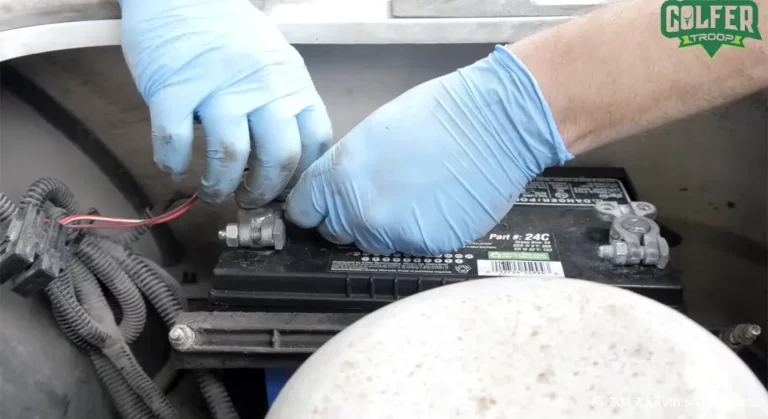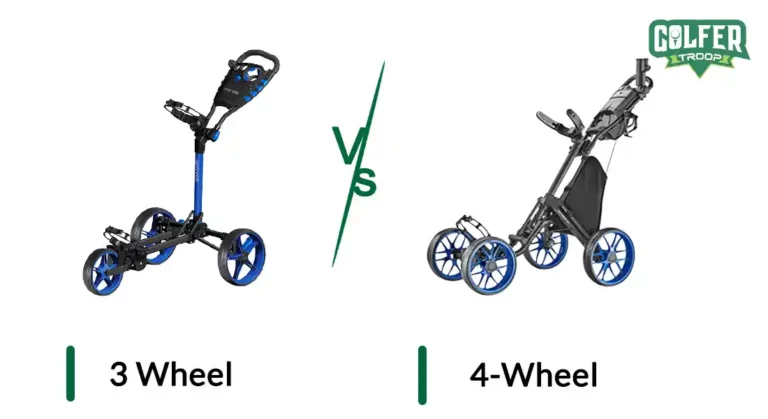Club Car Drive Clutch Removal Process [4 Easy Steps]
As with most cars, Golf Cart Vehicles have clutches too and are pretty basic in functioning. However, the majority of people without hands-on understanding may find the club car drive clutch removal process exceedingly intricate. So, how to remove the club car drive clutch?
You can remove the golf cart drive clutch yourself with some basic drive clutch removal tools. All you need to do is, find the right clutch puller, locate the drive belt and remove it, and finally pull the drive clutch up.
Seems too easy, right? Well, even though you’re in the process, you ought to be meticulous in every step to prevent unintentional aggravation. This guide stands out as an aid to you in this endeavor, and it will allow you to remove the drive clutch efficiently.
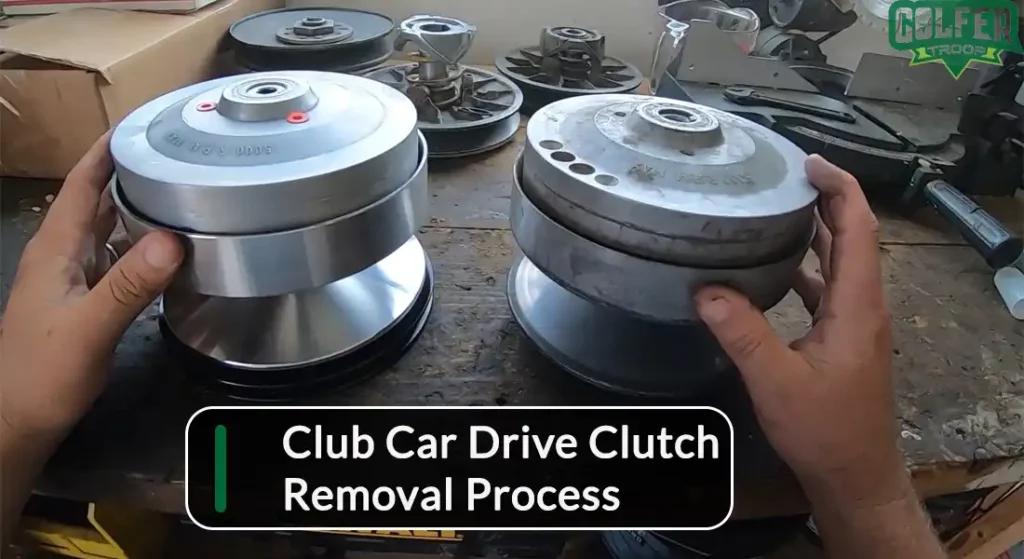
How does a golf cart drive clutch work?
The drive clutch, also referred to as the primary clutch is found around the crankshaft of the engine. It has thick, heavy twine wrappings about it and connects it to the driven clutch, on the differential.
Before the wear or inconstant tension of the drive belt balances with that of the drive clutch, the drive clutch sheaves are separated.
It ensures the drive belt rests between the inner sheaves and against the center shaft of that clutch. A golf cart drive clutch works in the following way:
- When the engine rotates, a set of internal weights mounted in the drive clutch sheave (pulley half) force one part to slide along the winding shaft toward the other, which matches the crankshaft.
- As the rotational speed of the engine changes, the drive belt performs the click-wheel action so that the clutch faces move up or down, and in turn, this affects the pulling ratio.
- While the belt is near the base of the drive shaft, the pull ratio is about three times the engine’s full power ratio for the belt, and the belt raises closer to the edge, where to a higher level the car is traveling.
- As soon as the belt is at the top of the drive part of the clutch, the car is traveling at the vehicle’s highest cruising speed.
How do you know if your golf cart clutch is bad?
In your golf cart, the performance of the primary and the secondary clutches determines whether it is capable of handling it quickly going up hills.
If one or both clutches falter, your ability to drive your golf cart at high speeds will decrease. Pay close attention to the warning signs below if you suspect an issue with your clutches.
- Slipping Gear
If the cart is noticeably losing speed or isn’t rolling as fast as it was, this may be an indication that the clutch is beginning to slip.
- Strange Noise
In some cases, you may hear an inconsistent sound coming from the motor when you try to accelerate. This is due to the fact that the clutch is not engaging the engine properly, which eventually causes the motor to rev, but the wheels aren’t spinning at all.
- Jolting During Startup
Pay careful attention to the way that your clutch engages and see if there are occasions where it jolts back to the stop. This is most likely a sign that your clutch is not engaging smoothly, leading to the engine stalling.
Club Car Drive Clutch Removal Process: 4 Easy Steps
So far we have covered the basic knowledge you must learn about the golf cart clutch. Now, it’s time to delve into the main process of removing the club car drive clutch.
Step 1: Gather Necessary Tools
Prior to beginning any technical operation, it’s important to have the appropriate tools. In the case of golf cart drive clutch replacement, however, you can’t even perform the first step without some specific tools. Check them below:
- A Clutch Puller- If you are working on your club car’s clutches in any way, you’ll have to be sure you don’t forget to pick a clutch puller on hand. This is because the clutches of golf remain in press-fitted condition.
- Air Gun- This is one type of hand-held screwdriver powered by a battery or electricity. It’s suitable and efficient at dealing with delicate and sensitive machine components.
- Rubber Hammer- It is used to loosen locked-up transmission and drive axle bolts and threads on a golf cart transmission and clutch.
Step 2: Identify Your Golf Cart
To remove your cart’s clutch, the first thing that you must do is identify your golf cart. For this, check the user manual to find the serial number or VIN.
Once you’ve found the VIN or serial number, send it to a nearby kiosk to track down the year and model of your golf cart.
This information will be necessary to identify the specific clutch puller for your golf cart. Remember, clutch removal is merely impossible unless you select the right clutch puller.
Step 3: Detach the Drive Belt
The primary drive (60% ability) clutch is mounted directly above the engine crankshaft. To completely remove the drive clutch, you must first remove the drive belt.
For this, you have to pull up the engine cover of the golf cart to get to the drive belt under the hood. In general, it’s easily visible and readily identifiable.
Unscrew the drive belt tension bolt from the front pulley. For this, you have to use an open-end wrench.
Once done, you can detach the drive belt. When it is fully in rest, it should be loose enough, so you can effortlessly work it over the drive clutch.
Step 4: Remove the Clutch Drive
As you’ve removed the belt from the drive clutch, you can continue to the drive clutch disengage command. This process is the lengthiest and most critical, so we broke it down as follows:
- Here, you have to disengage the drive clutch from the crankshaft by pulling the thread on which the bolt screws out and replacing it with the thread that resides in the crankshaft referred to as the anchor.
- Once removed, you can see that the clutch hole is not as big a step-down as the bolt head. This is because the retainer bolt is threaded into the crankshaft end instead of the clutch switch itself.
- You will discover that there are also additional threads inside the clutch. In some cases, modern golf carts come with a tapered shaft on the crankshaft end. This helps to make sure the clutch has a snug fit to the shaft and that it won’t come off.
- Removing the clutch afterward will be challenging because it remains fully clamped around the crankshaft. After purchasing a particular clutch puller that matches the clutch hole on your golf cart, thread it into the hole.
- Use the air gun to turn the puller inward at a high speed to ensure that the clutch puller can attach to the crankshaft. When the puller touches the crankshaft, it will generate enough pressure to pop off the drive clutch’s tapered fit.
Is It Safe To Drive A Club Car With A Faulty Drive Clutch?
We have recently seen many people asking whether it’s safe to drive with a faulty drive clutch. The answer is No. In a golf cart, both primary (drive) and secondary (driven) clutch work as a unit to transfer power from the engine to the wheels.
When the drive clutch is faulty or damaged, it will affect the whole power transmission process. This will eventually result in several issues including
Problems in Uphill Movement
When the drive clutch is faulty, the wheels won’t receive enough power transmission. As a result, the wheel will rev, but it won’t move forward. During uphill movement, this could be dangerous.
Lack of Acceleration
If your drive clutch can’t deliver enough power either for a faulty battery or for any other reason, you won’t get the expected acceleration. Smooth acceleration is imperative for safe driving.
Can Cause Massive Repairing Cost
A failing drive clutch, if left unaddressed, may lead to severe mechanical and drivability issues.
The sooner you physically diagnose and repair a faulty drive clutch, the better equipped you will be to avert bigger repairs later on.
Hence, refrain from driving your golf cart in the event that you’ve noticed any of the symptoms we mentioned in the beginning.
Frequently ASked Questions (FAQs)
Here, we have prepared several frequently asked questions concerning the golf cart clutch removal and their answers to help clarify the fact. These will help you discover common thoughts seen among golf cart enthusiasts all over the world.
Why won’t my club car go forward or reverse?
If a Club Car golf cart can’t obtain enough power from its battery pack, it’ll not move or turn out.
Vulnerable components between the upper and lower pulleys can cause this issue. The big terminal on the solenoid is one of the components you need to check.
What is the difference between a drive clutch and a driven clutch?
The drivable clutch is regarded as the primary clutch of golf carts that are to remain attached to the crankshaft of the engine.
Whilst, the driven clutch is regarded as the secondary clutch, which affixes to an input shaft of a differential. However, they both work in conjunction to transmit power.
Does an electric golf cart have a drive clutch?
Yes, all golf carts whether it’s electric or gas-powered have a drive clutch. Without the drive clutch, an electric golf cart won’t be able to put power down to the wheels or surface front of the engine.
Why is my club car drive clutch not engaging?
If your drive clutch isn’t engaging, it might be due to an excessively loosen drive belt or the belt doesn’t have proper tension. Besides, rust or corrosion on the clutch system can also cause this issue.
End Remarks
It’s hard to imagine a golf cart that works effortlessly, without having any complications. Nevertheless, the golf cart drive clutch can fail to function properly for all sorts of reasons, including simple wear and tear.
From now on, whenever you think about replacing the drive clutch yourself, make sure to follow our guide on club car drive clutch removal. Doing this could save you several dollars that you have to disburse to service technicians.
Moreover, having this knowledge is useful in discovering the cause of the problems that you may encounter during a cart ride. This will eventually keep your cart in excellent working condition for longer.
- Read Also: Why Club Car Charger Not Working: Understanding & Resolving
- Read Also: Ultimate Guide On Club Car Speed Sensor Bypass
- Read Also: Why Club Car Solenoid Not Clicking? [6 Reasons & Solutions]
- Read Also: Why My 48V Club Car Won’t Move? (Understanding & Resolving)
- Read Also: Club Car Golf Cart Battery Light Stays On | What to Do?
- Read Also: Club Car DS Battery Size | Everything You Need to Know
Meet Jalal, a passionate golf writer and the driving force behind Golfertroop.com, your go-to destination for all things golfing! Whether you’re a seasoned golfing veteran or a beginner taking your first swing, Jalal is here to assist you in making the most out of your golfing experience.
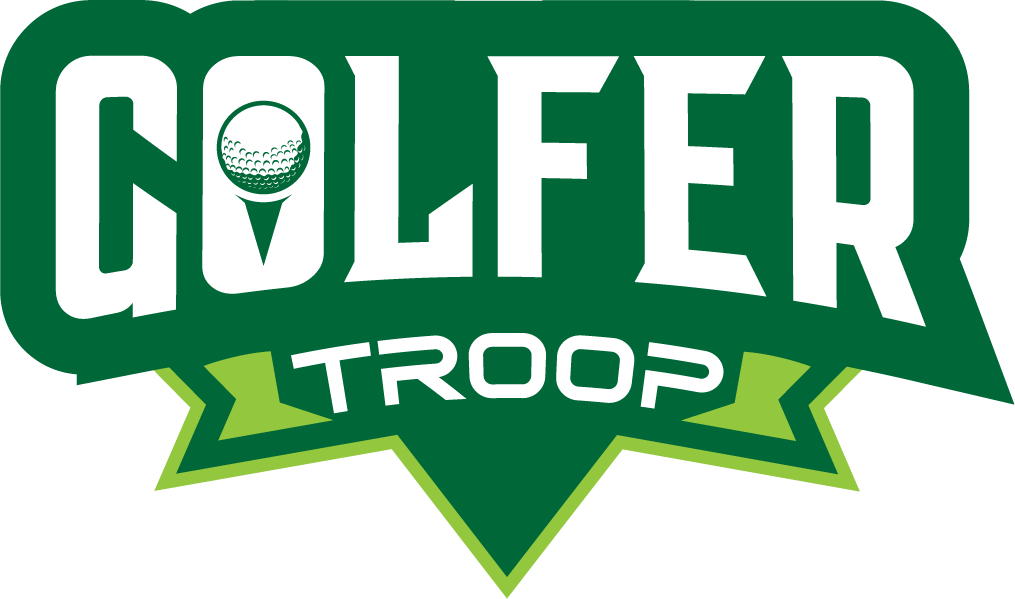
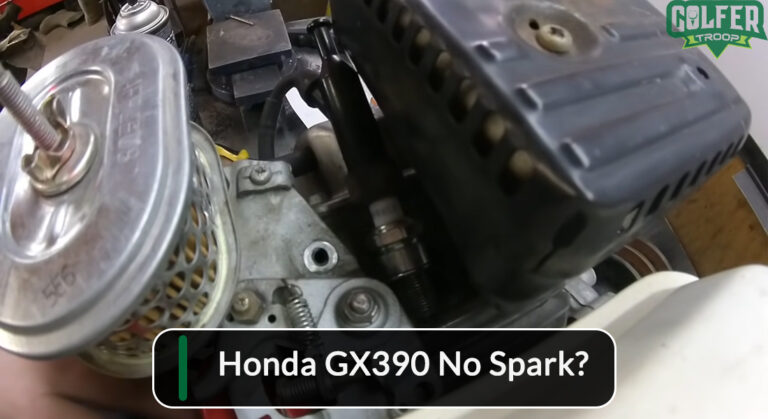
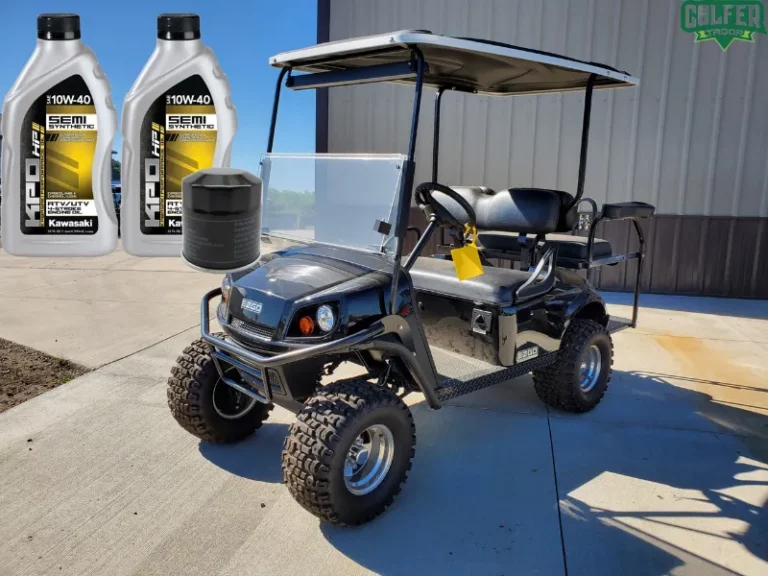
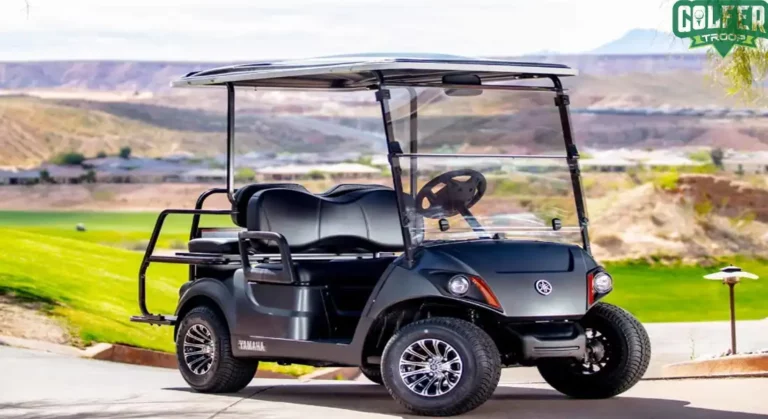
![7 Most Common Club Car Subaru Engine Problems [Easy Solution]](https://www.golfertroop.com/wp-content/uploads/2022/08/Club-Car-Subaru-Engine-Problems-768x419.webp)
